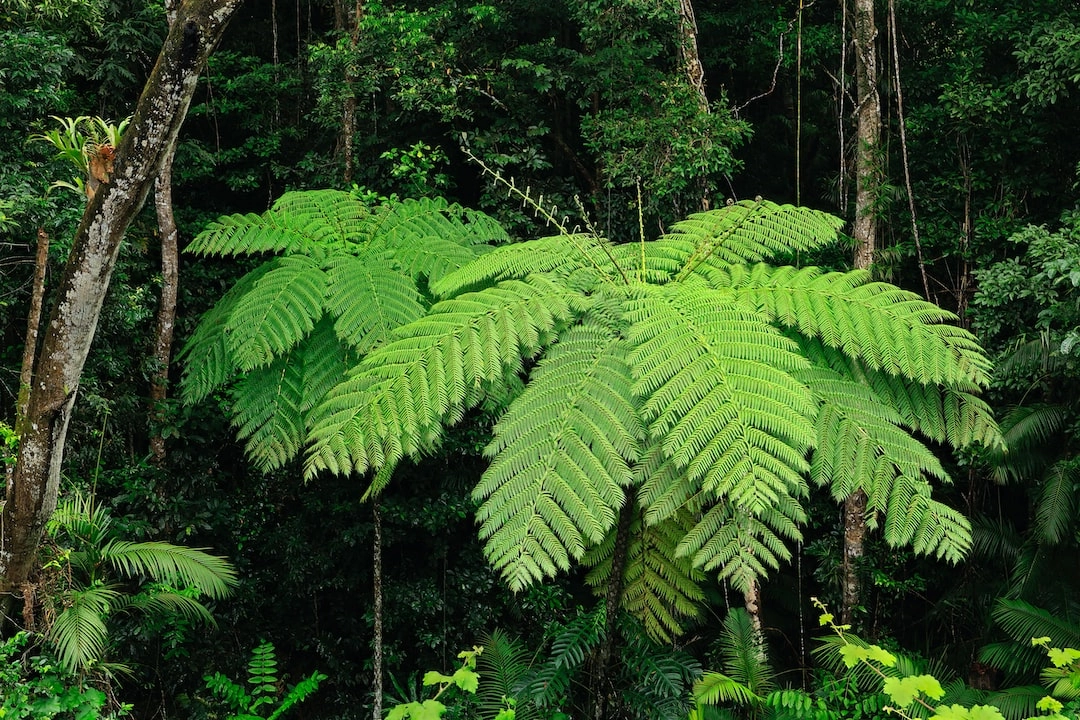
What is Rainforest Conservation?
Rainforest conservation refers to the efforts made to protect and sustainably manage these vital ecosystems. Rainforests are dense forests characterized by high rainfall, lush vegetation, and rich biodiversity. They play a crucial role in maintaining the Earth’s climate, serving as carbon sinks and producing oxygen. Rainforests are also home to countless plant and animal species, some of which are yet to be discovered by science.
Real-World Problems Associated with Rainforest Conservation
1. Deforestation
One of the biggest challenges in rainforest conservation is the rampant deforestation occurring worldwide. The clearing of land for agriculture, logging, mining, and urbanization continues to pose a significant threat to rainforest ecosystems. Deforestation not only leads to the loss of valuable habitat for countless species but also contributes to climate change, as carbon stored in trees is released into the atmosphere.
2. Illegal Logging
Illegal logging is a major issue in many rainforest regions. It involves the harvesting, processing, and trade of timber in violation of national and international laws. Illegal logging not only leads to the destruction of trees but also fuels corruption, undermines communities’ rights, and contributes to the loss of biodiversity.
3. Agriculture and Palm Oil Plantations
The expansion of agricultural activities, particularly for cash crops like palm oil, poses a serious threat to rainforest conservation efforts. Large areas of rainforests are being cleared to make way for monoculture plantations, causing irreversible damage to ecosystems and displacing indigenous communities. The aggressive use of pesticides and fertilizers in these plantations further degrades the environmental integrity of these areas.
4. Climate Change
Rainforest conservation is closely linked to mitigating climate change. However, climate change itself poses a significant challenge to rainforest ecosystems. Rising temperatures, changing rainfall patterns, and increased frequency of extreme weather events can disrupt the delicate balance of these ecosystems, affecting plant and animal species, as well as the services provided by rainforests.
5. Lack of Sustainable Development Options
In many rainforest regions, the lack of viable alternative options for sustainable development makes it challenging to address poverty and meet the needs of local communities without resorting to activities that harm the rainforest. Finding ways to promote sustainable livelihoods and economic opportunities that are compatible with rainforest conservation is a crucial aspect of the ongoing efforts.

Solutions for Rainforest Conservation
1. Reforestation and Forest Restoration
Implementing large-scale reforestation initiatives can help counteract the negative effects of deforestation. Restoring degraded areas and establishing new forest habitats can provide vital homes for endangered species and contribute to carbon sequestration, mitigating the impacts of climate change.
2. Strengthening Law Enforcement
In order to combat illegal logging and other destructive activities, it is crucial to strengthen law enforcement efforts. This includes stricter regulations and penalties, increased surveillance, and international cooperation to tackle the illegal timber trade effectively.
3. Sustainable Agriculture and Certification
Promoting sustainable agriculture practices and certification schemes, such as the Roundtable on Sustainable Palm Oil (RSPO), can help reduce the environmental impact of agricultural activities within rainforest regions. Supporting and incentivizing farmers to adopt sustainable methods can contribute to both conservation and economic development.
4. Global Climate Action
Taking collective action to reduce greenhouse gas emissions and combat climate change is vital for rainforest conservation. Implementing international agreements and supporting initiatives that aim to limit global warming can help protect rainforests from the adverse impacts of climate change.
5. Supporting Indigenous Communities and Local Stakeholders
Recognizing and respecting the rights of indigenous communities and involving them in decision-making processes are key to successful rainforest conservation. Supporting sustainable livelihoods, empowering local stakeholders, and providing economic alternatives that benefit both communities and the environment are essential components of long-term conservation efforts.















